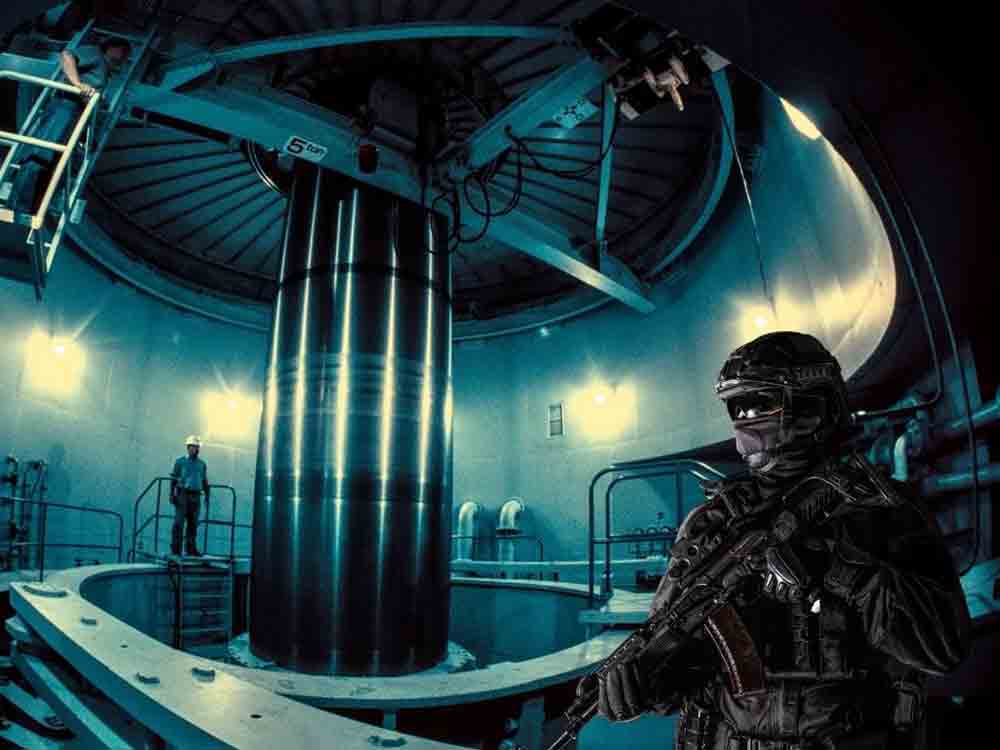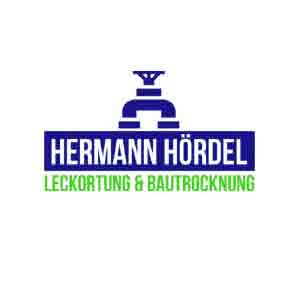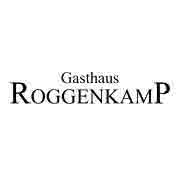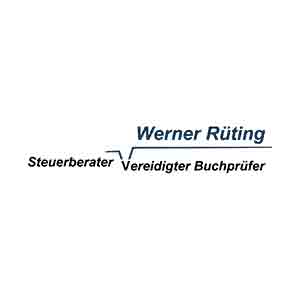Fusion Energy Defense Applications—Tactical Fusion Power Generation
- The Future is Closer Than One May Think
Washington, March 17, 2022
Kronos Fusion Energy Defense Systems (KFEDS) is taking the next step to incorporate recent technological advances in materials, magnets, machine learning, quantum computing, and artificial intelligence to make Fusion Energy Generators a reality in the next decade. KFEDS is exploring potential applications across all domains of warfare including Land, Air, Sea, Space, and Cyberspace.
Founding Partner and CEO of Kronos Fusion Energy Defense Systems, Brigadier General (ret.) Paul E. Owen adds, “The application of fusion power to tactical systems will be the next revolution in warfare. Clean, unlimited power will great enhance unit readiness and protect our forces in ways that have only been thought about in science fiction novels. This future is within our grasp.”
With a focus on the Land, recent developments at Princeton Plasma Fusion Labs on the Direct Fusion Drive Field Reversed Configuration (FRC) have the potential to provide compact, powerful, and clean energy for a multitude of tactical applications. FRC is entering the fourth generation of testing in 2022. It has the potential to deliver 10 megawatts of fusion-generated power. The design of this compact system could be deployed within the cargo space of a standard Heavy Expanded Mobility Tactical Truck (HEMTT). Ten megawatts is enough to meet the power needs of a Brigade Combat Team. The Tactical Fusion Energy Generator would be rapidly deployable. It would eliminate one of the most dangerous tasks for soldiers: transporting fuel around the battlefield. It’s hard to imagine that a few gallons of seawater could replace hundreds of thousands of gallons of fossil fuels. It is, in fact, scientifically feasible.
KFEDS is also building on the concept of a 1-megawatt tactical fusion power unit that would be capable of replacing turbine engines in the M1 Abrams main battle tank, M2 Bradley Fighting Vehicle, and rotary aircraft. This fusion power plant would provide near unlimited range, reduce logistics requirements, and enhance payload capability in these systems.
To accomplish this ambitious goal, KFEDS plans to construct a Simulation Center dedicated to running algorithms that will optimize the design and efficiency of Fusion Energy Generators. While the Simulations are running, KFEDS will build a Commercialization Center that will construct Fusion Energy Generators, with a goal of first prototypes by 2028 that could provide 1 to 10-megawatts of power.






















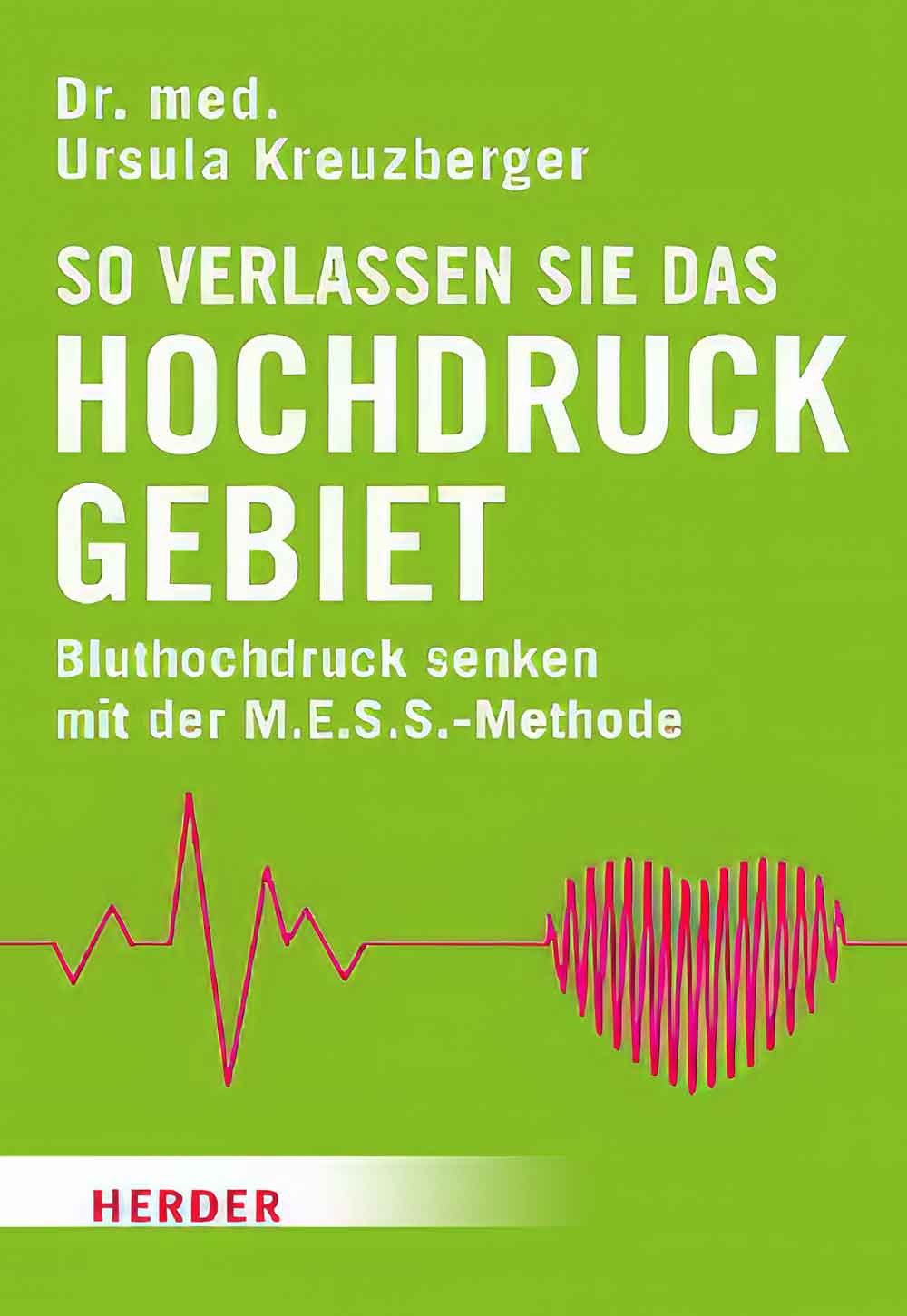
















 Gütsel RSS Feed
Gütsel RSS Feed






